Choosing the right tiles for your bathroom can be a daunting task. It involves considering various factors such as aesthetics, functionality, and overall design. Two popular options are large and small tiles, each offering unique advantages and disadvantages. In this article, we will explore the pros and cons of both choices to help you make an informed decision for your bathroom renovation or construction project. Pros of Large Tiles: 1. Visual Appeal: Large tiles create a sleek, modern, and uninterrupted look, especially in larger bathrooms. They can make a space appear more expansive, as fewer grout lines are visible, resulting in a cleaner and more sophisticated aesthetic. 2. Easy Maintenance: With fewer grout lines, cleaning becomes more effortless. Large tiles are also less likely to accumulate dirt, mold, or mildew. Regular maintenance involves a simple wipe-down or mopping, keeping your bathroom fresh and hygienic. 3. Time-Saving Installation: Large tiles cover larger areas, reducing the total number of tiles needed and minimizing installation time. This can be particularly beneficial for commercial projects or tight renovation timelines. Cons of Large Tiles: 1. Risk of Cracking: Due to their size, large tiles may be more susceptible to cracking if not properly supported.

.
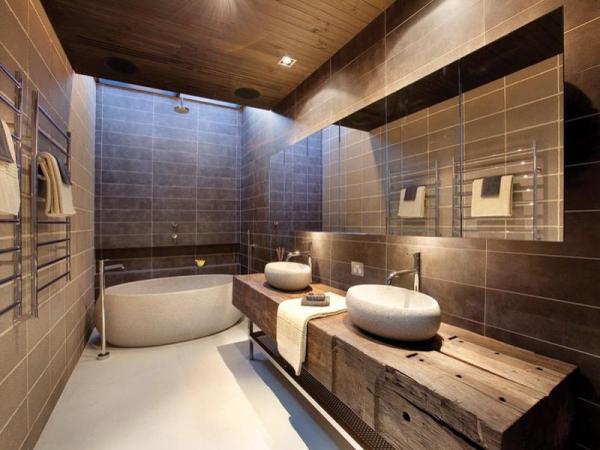 The substrate and underlying foundation must be strong enough to handle the weight and stress of large tiles, especially in bathrooms with potential moisture issues. 2. Limited Design Flexibility: Large tiles may not work as effectively in smaller bathrooms or irregularly shaped spaces, as they can overwhelm the room and make it appear cramped. Additionally, intricate patterns or designs may not translate well onto large tiles, limiting creative options. Pros of Small Tiles: 1. Versatility: Small tiles offer greater design versatility, allowing for intricate patterns, mosaics, or custom designs. This is especially useful for adding unique accents or creating focal points within the bathroom.
The substrate and underlying foundation must be strong enough to handle the weight and stress of large tiles, especially in bathrooms with potential moisture issues. 2. Limited Design Flexibility: Large tiles may not work as effectively in smaller bathrooms or irregularly shaped spaces, as they can overwhelm the room and make it appear cramped. Additionally, intricate patterns or designs may not translate well onto large tiles, limiting creative options. Pros of Small Tiles: 1. Versatility: Small tiles offer greater design versatility, allowing for intricate patterns, mosaics, or custom designs. This is especially useful for adding unique accents or creating focal points within the bathroom.
..
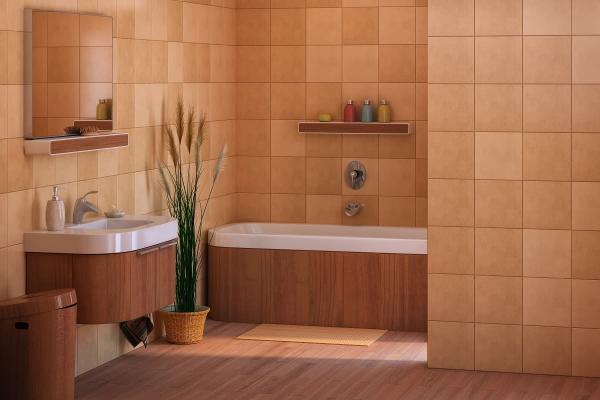 2. Enhanced Slip Resistance: More grout lines in small tiles provide better traction, making them a safer choice for bathroom floors, especially in wet areas such as showers or near bathtubs. 3. Easy Repair and Replacement: In the event of damage, small tiles are more manageable to replace. A single damaged tile can be replaced without interfering with the rest of the installation, saving time and money on repairs. Cons of Small Tiles: 1. Grout Maintenance: The abundance of grout lines in small tiles necessitates regular cleaning and maintenance to prevent the buildup of dirt and mildew. Grout lines can be more challenging to clean than the surfaces of large tiles.
2. Enhanced Slip Resistance: More grout lines in small tiles provide better traction, making them a safer choice for bathroom floors, especially in wet areas such as showers or near bathtubs. 3. Easy Repair and Replacement: In the event of damage, small tiles are more manageable to replace. A single damaged tile can be replaced without interfering with the rest of the installation, saving time and money on repairs. Cons of Small Tiles: 1. Grout Maintenance: The abundance of grout lines in small tiles necessitates regular cleaning and maintenance to prevent the buildup of dirt and mildew. Grout lines can be more challenging to clean than the surfaces of large tiles.
…
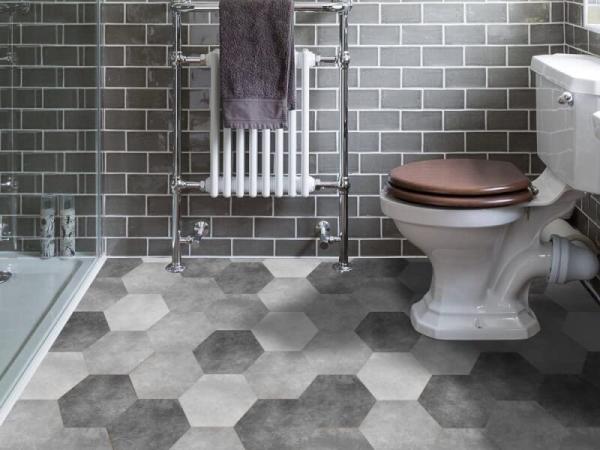 2. Time-Consuming Installation: Installing small tiles is a meticulous process, which can result in longer installation times. This is important to consider if time is a concern for your project, or if you prefer a quicker turnaround. Conclusion: Choosing between large and small tiles for your bathroom requires careful consideration as both options offer unique advantages and disadvantages. While large tiles offer a sleek and modern look with fewer grout lines to clean, small tiles provide more versatility and better slip resistance. Ultimately, the decision should be based on the size and shape of your bathroom, desired aesthetics, and your personal preferences.
2. Time-Consuming Installation: Installing small tiles is a meticulous process, which can result in longer installation times. This is important to consider if time is a concern for your project, or if you prefer a quicker turnaround. Conclusion: Choosing between large and small tiles for your bathroom requires careful consideration as both options offer unique advantages and disadvantages. While large tiles offer a sleek and modern look with fewer grout lines to clean, small tiles provide more versatility and better slip resistance. Ultimately, the decision should be based on the size and shape of your bathroom, desired aesthetics, and your personal preferences.

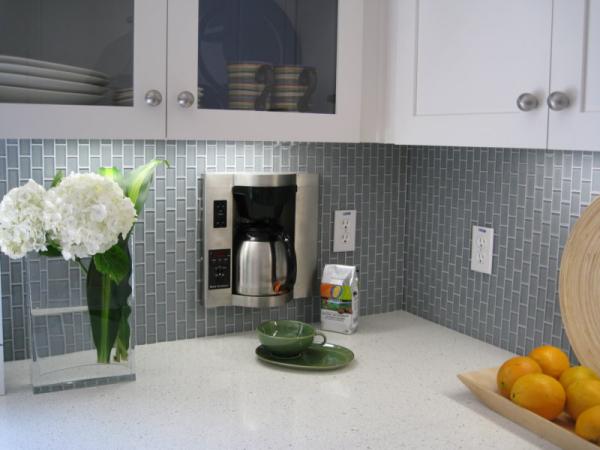




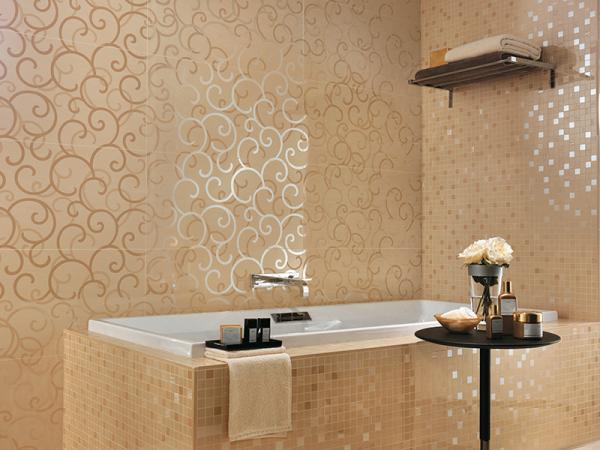
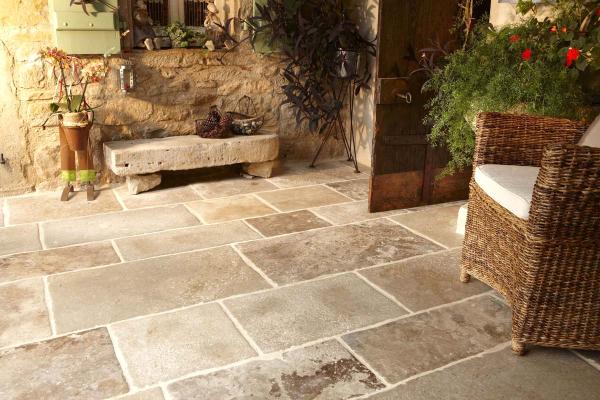
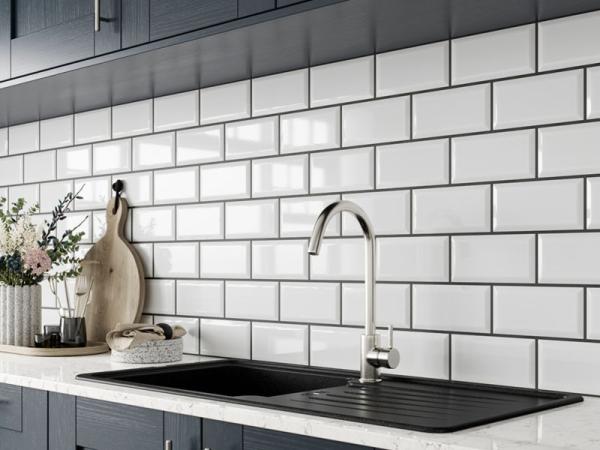

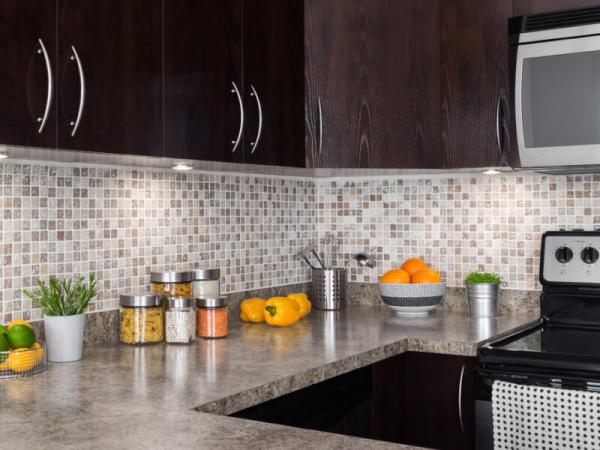
Your comment submitted.